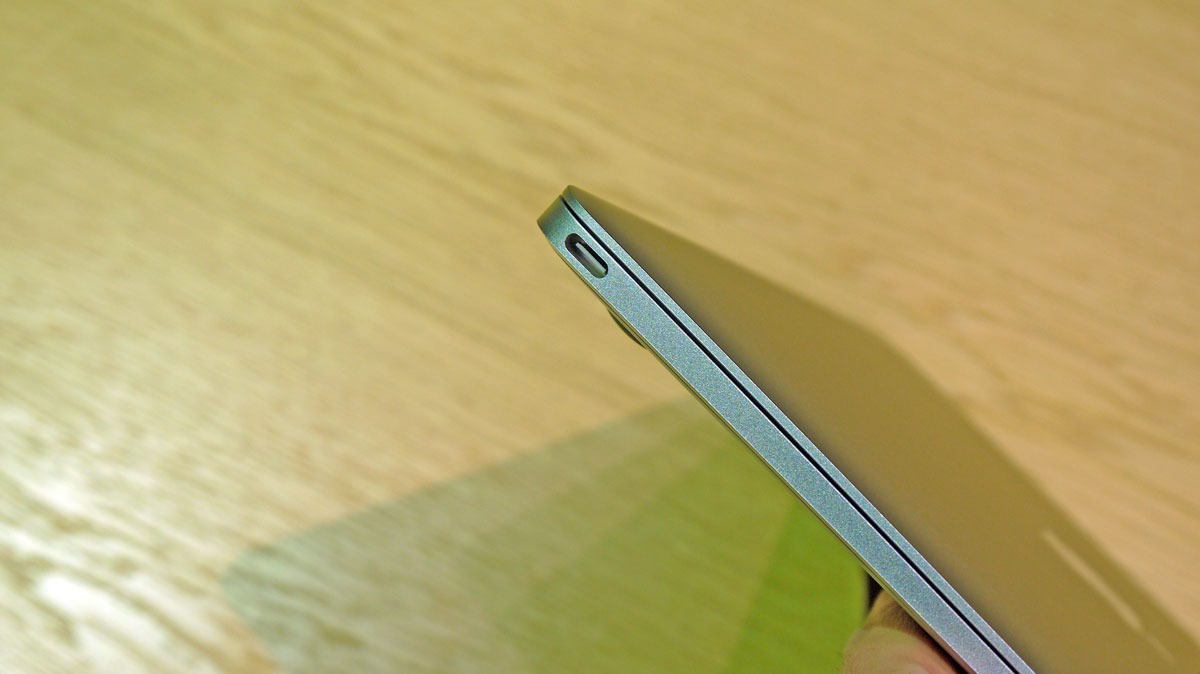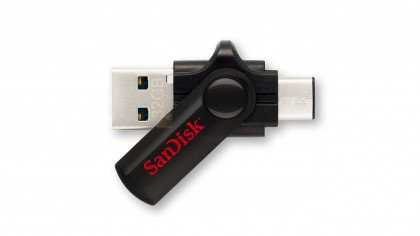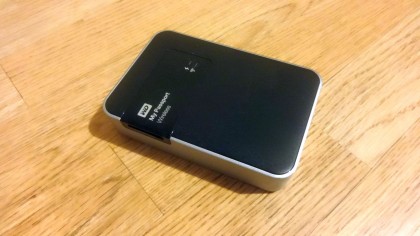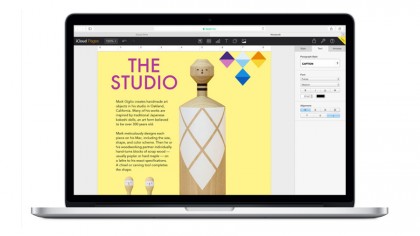Accessories you might need for the new MacBook
Time to cut the cords

Apple's thinnest, lightest, and most advanced notebook will start shipping on April 10th. The new MacBook introduces a bold change on how you connect peripherals and accessories.
During the keynote introduction, Apple CEO Tim Cook billed the new MacBook as the "reinvention and future of the notebook," highlighting its slim stature, long battery life, and performance-driven Intel Core M processor that allows Apple to shed fans and vents.
To get as slim and light as the new MacBook, Apple boldly omitted a number of ports. Instead of separate connectors for the MagSafe power port, traditional USB 3.0 port, Thunderbolt, and Mini DisplayPort, the new MacBook utilizes a single USB Type C port, which Apple is marketing as USB-C. This means that existing accessories will not work with the new USB-C port unless you buy adapters or new cables.

"To create a notebook as thin and light as the new MacBook, we had to strive for efficiency in every detail, right down to how it connects to peripherals and power," Apple said of the change. "So we contributed to a new universal connectivity standard that combines the essential functions you need every day in one dynamic port."
The USB-C port gives users access to power, USB, Mini DisplayPort, HDMI, and VGA port with the right connectors and adapters, but if you're ready to embrace Apple's wireless world and shed the cables, here are some top accessories you should outfit your new MacBook with:
USB-C flash drive and hard drive
As the new USB-C connector is a smaller, reversible connector based on the USB 3.1 specs, older USB flash drives will not work unless you have an adapter. If you're looking to cut down on accessory clutter, SanDisk is one of the first to market with its Dual USB Drive with Type C connector.

The best part about the SanDisk option is that it comes with two tips. One side fits USB 2.0 and USB 3.0 ports while the second Type C tip will be compatible with Apple's new MacBook. This allows you to store, access, and transfer files between the SanDisk drive and your new MacBook and also between your MacBook and an older Mac or PC that's not equipped with the USB-C connector.
Sign up to the TechRadar Pro newsletter to get all the top news, opinion, features and guidance your business needs to succeed!
We expect plenty more USB-C drives to hit the market in the coming months. Though SanDisk promised that its drive will ship in the second quarter with 32GB of storage, it has not announced pricing for the Dual USB Drive.
If you're looking for larger storage options, LaCie's new Porsche Design Mobile Drive comes in a sleek aluminum enclosure to complement your new MacBook's design. With up to 2TB of storage, the Porsche Design Mobile Drive will ship in the second quarter, but no price tag has been announced yet.
Like the SanDisk drive, LaCie's hard drive option gives you compatibility with older systems as well. The external hard drive ships with a USB-C to USB-C cable to connect to your new MacBook, but if you need to access data on an older Mac, LaCie also gives you a USB-C to USB Type-A cable. The drive is compatible with USB 3.0 and USB 2.0 specs.
Wireless hard drives
Flash drives are great for carrying small files with you, but to back up the 128GB or 256GB SSDs on the new MacBook, you'll likely need more robust storage options. Those who want to store photos, documents, and files locally can use a wireless hard drive.

Wireless hard drives can come as self-contained units that just needs its internal battery to charge. Options include the 2TB $200 (£135, AU$260) Western Digital My Passport Wireless, the $220 (£150, AU$290) LaCie Fuel, and the $220 (£135, AU$260) Seagate Wireless Plus. All three drives come with internal batteries and WiFi radios that create an ad-hoc wireless network for your new MacBook to access.
For those in an office and with more robust storage needs, network-attached storage drives, or NAS solutions, can be a useful tool for use with the new MacBook. There are solutions from Netgear, Western Digital, Seagate, Verbatim, and more. The benefit of NAS is that it can offer redundant storage in case one of your drives fail.
Cloud storage
If you don't want to manage your own storage solutions locally, you can turn to the cloud to back up, store, and share files. Apple's iCloud will probably be the simplest solution to backup your Photos library and to share and access Apple's home-grown productivity suite with Pages, Numbers, and Keynote.

Apple gives users 5GB of free storage when you sign up for iCloud. If you need more space, iCloud is priced at $0.99 (£0.65, AU$1.30) per month for 20GB of space, $3.99 (£2.65, AU$5.20) for 200 GB, $9.99 (£6.60, AU$13.00) for 500GB, and $19.99 (£13.20, AU$26.00) for 1TB.
Aside from Apple, there are a number of other solutions with varying options for pricing, storage needs, and more. Google Drive, Microsoft OneDrive, BitCasa, Amazon, Dropbox, and Box are just a few options available.
Read our cloud storage comparison.